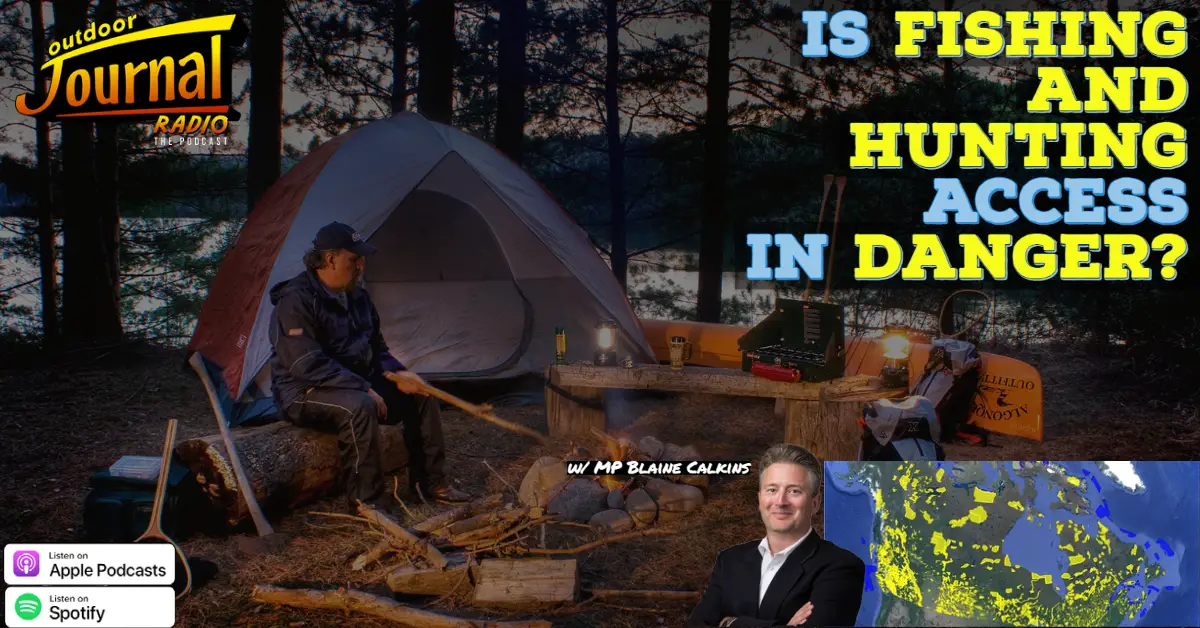On the latest episode of Outdoor Journal Radio, Ang and Pete were joined by Canada’s Shadow Minister for Hunting, Fishing and Conservation, Blaine Calkins to discuss an emerging threat to the country’s fishing and hunting access.
According to Blaine, the threat in question is called the 30 by 30 initiative, a plan which aims to conserve at least 30 percent of the nation’s lands and waters by 2030.
For reference, at the end of 2021, 13.5% of Canada’s land and freshwater was conserved, including 12.6% as Protected Areas and 0.9% as Other Effective Area-Based Conservation Measures. According to UBC, this massive portion of protected space would already cover an area slightly larger than Ontario. That’s larger than France and Spain combined, and more than three times the size of Germany.
Here is what these proposed protected areas would look like on a map:

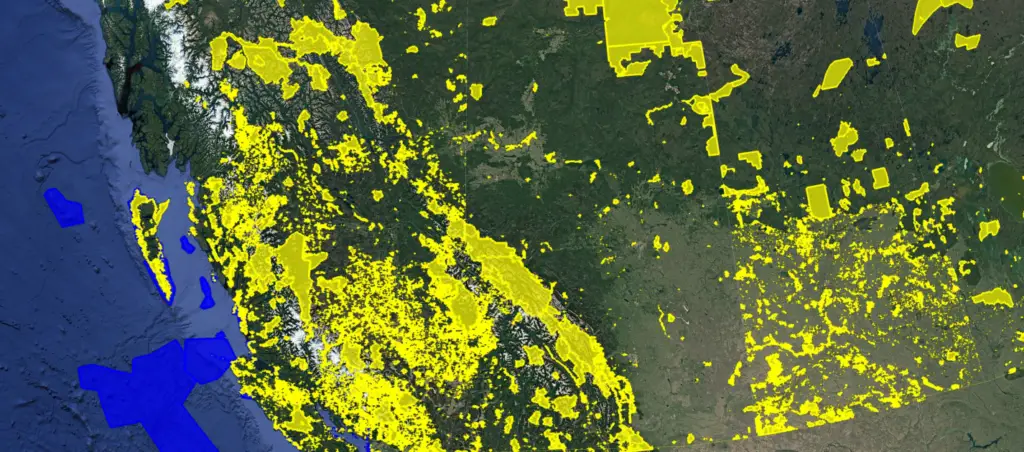
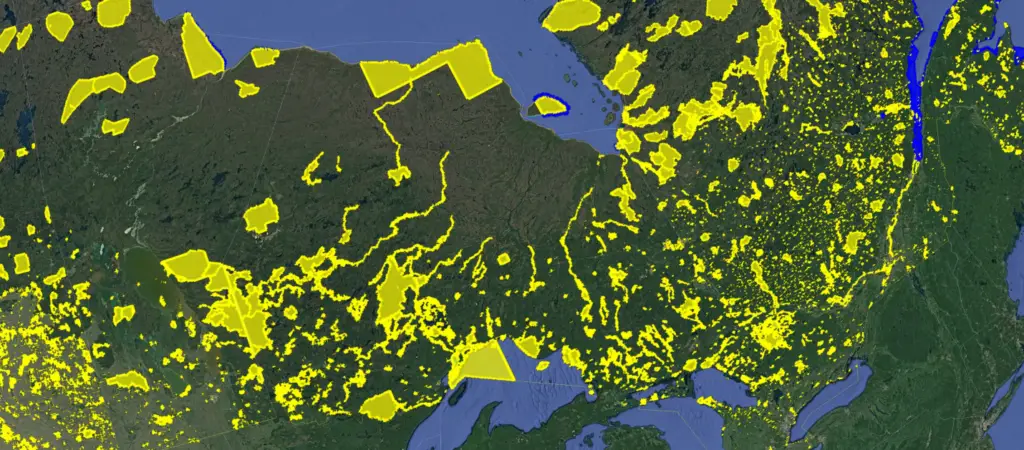
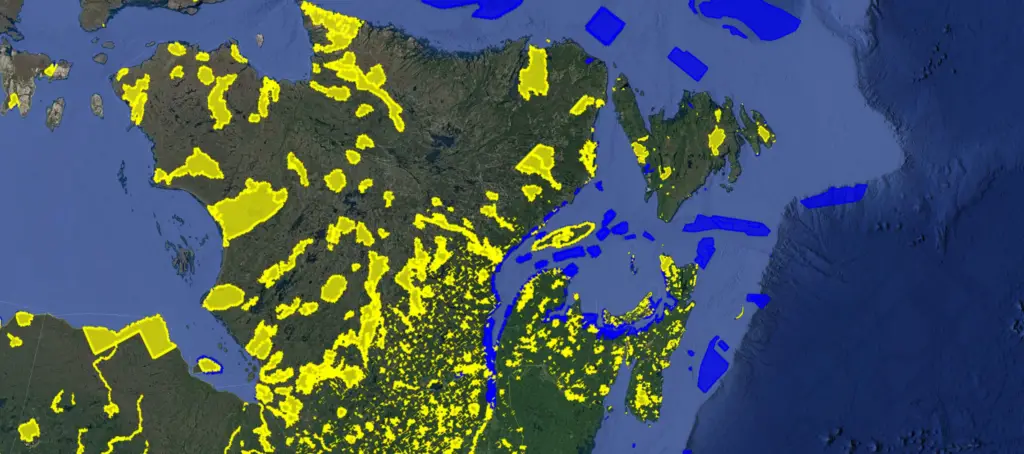
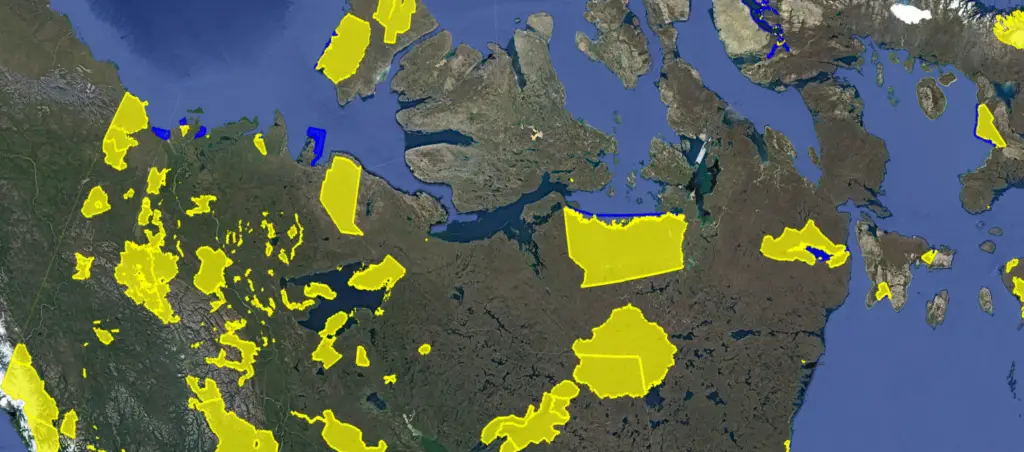
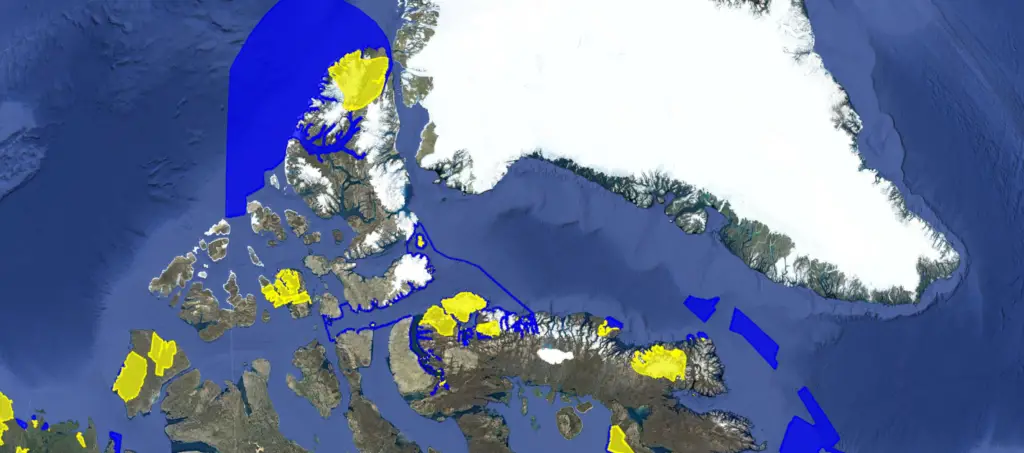
What are Protected Areas?
The 30 by 30 initiative in Canada may have been the focus of the podcast, but the program itself is international, meaning Canada will be adhering to a uniform definition of “Protected Area”. The international Convention on Biological Diversity defines these areas as “a clearly defined geographical space, recognized, dedicated and managed, through legal or other effective means, to achieve the long-term conservation of nature with associated ecosystem services and cultural values.“
Slippery Slope
As Blaine mentioned on the show, this vague definition does not seem to be much cause for concern on first read. However, as we have learned through various bills in the past, vagueness often leaves room for changes down the road, ones that are much easier to make once the boxes have already been drawn.
Check out his full explanation below:
How This Could Threaten Angling and Hunting
When it comes to angling and hunting, the primary threat seems to come in the form of access.
As heard in the clip above, these areas do not explicitly outlaw hunting or fishing as it currently stands, however, should the vague definition be re-interpreted or tightened up, access may become a significant issue as cars, or even people in general, may be unable to access protected zones.
Furthermore, according to Blaine, commercial fishing has already been a target for removal in many of the Great Lakes’ protected zones, making the jump to recreational fishing very short and easy to imagine.
In fact, Blaine shared with us an example of a similar escalation in his home province of Alberta, where a popular stream in central Alberta first denied access to cars, then to ATVs, and is now only accessible from horseback.
Want to learn more about this initiative, who is being consulted, and what you can do about it? Check out the full podcast on Spotify, Apple Podcasts, or wherever else you get your podcasts!





